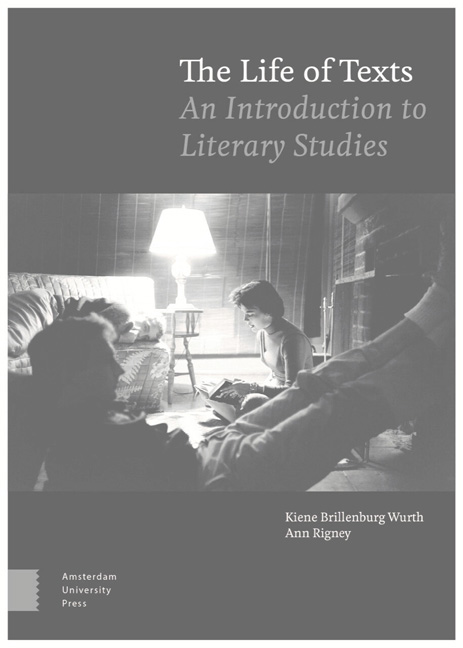8 - Between Elite and Mass Culture
Summary
Introduction: Canons and canon debates
Gaston Franssen (b.1977) has eloquently described the literary canon as ‘a story of history’ (see also Chapters 2 and 11). That story is never free of value judgements. Literary canons are the reflection of a culture's values: what we consider beautiful, important, and necessary. But who is this ‘we’? To take one example: on the website describing their canon project, the Royal Academy for Dutch Language and Literature and the Flemish Fund for the Arts and Letters explain that a literary canon makes clear ‘which texts are considered essential literature in the Dutch language by the literary field in Flanders. It is an instrument for the educational sector, the government, the publishing field and the broad reading public.’ The canon presented on this site extends from the twelfth century to the 1980s, and includes a wide variety of material, including songbooks, chivalric romances, an encyclopaedia of natural history, plays, poems, and novels. The number of women represented in this canon is conspicuously small. Why? Have there been fewer female than male writers, or have male critics consistently disregarded female writers and the genres they have used and created? The same goes for Caribbean, Surinam, African, and Middle Eastern authors, all of whom are also part of literature in Dutch – but not according to this canon. The same, for that matter, can be said of the controversial German literary canon (Der Kanon, 2002) proposed by the famous critic Marcel Reich-Ranicki (1920-2013). In this canon women have a very marginal position as do contemporary German-Turkish writers, such as Emine Sevgi Özdamar, or German- Arab writers. Perhaps, some critics prefer to see their own standards, tastes, and upbringing reflected in the canons they make when they say that canons are necessary as landmarks in a European literary history dating back 3000 years. Yet, they forget that this history was also shaped by developments outside Europe, by centuries of migration, and by technologies and knowledge learned and gained from, for instance, Arabic culture in Spain (notably in 10th-century Córdoba), or Chinese modes of paper making.
In the 1980s and 1990s fierce debates were raging on the canon in Europe and the US: the canon wars. Some critics, we have also seen in Chapter 2, defended a closed literary canon as it had been prescribed in secondary and higher education for decades, others urged a reconsideration.
- Type
- Chapter
- Information
- Life of TextsAn Introduction to Literary Studies, pp. 273 - 298Publisher: Amsterdam University PressPrint publication year: 2019
- 1
- Cited by



